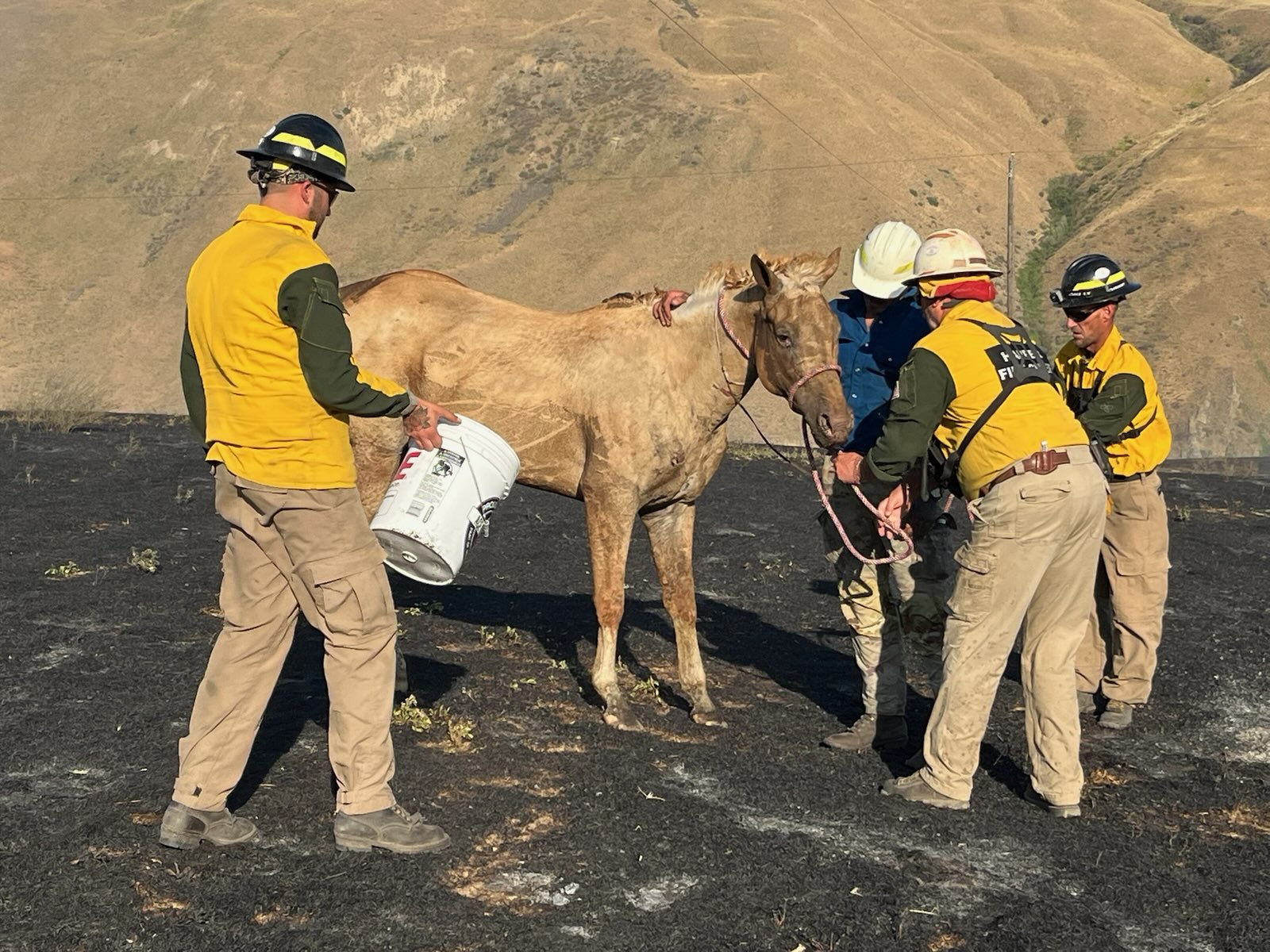Caught Ovgard | Tiny stickleback can be found just about anywhere
Published 6:00 am Saturday, February 29, 2020

- The male three-spined stickleback assumes bright colors when spawning, and this red-tinged beauty was caught in the middle of the Southern California desert one hot summer day.
BEAVERTON — In the middle of a tiny stream flowing through the unforgiving desert more than 50 miles from the nearest population center, surrounded by sagebrush, thirsty junipers and powdery dirt so desiccated that it seems to have forgotten the memory of a morning dew.
Trending
In a spongy urban wetland 15 minutes from the downtown of the largest city in the state at the bottom of a small pool formed by saplings uprooted in a recent small-scale flood that left the surrounding bog in a saturated state.
Sweating in stifling dry heat of the 100-plus-degree day in the middle of the southern summer. Shivering in the permeating wet cold of the northern night that rarely reaches freezing but comes oh so close.
At the bottom of a crystal-clear stream otherwise devoid of life. At the bottom of a clouded stream full of particulates and half a dozen other species of fish.
Trending
A wayward stream completely disconnected from the ocean in a tiny fragmented waterway. A tributary of the largest river system in its part of the country that courses with hundreds of billions of gallons of water.
With a tiny hook, a tinier piece of worm, a good eye and a lot of patience in the daylight. With a tiny hook, a tinier piece of worm, a good eye and a lot of patience by the light of a headlamp.
Adaptable
Only twice in my fishing career have I encountered the three-spined stickleback, Gasterosteus aculeatus, but it is nonetheless one of the most widespread fish on earth and can be found in North American, Asian and European waters alike.
The diminutive and strangely charismatic fish is considered circum-global above roughly the 30th Parallel and is known to be anadramous (like salmon, living in saltwater and spawning in fresh or brackish water), as well as entirely resident to freshwater, though the species is tolerant of a wide range of salinities.
My first encounter with them was at the behest of a friend who’d found them in a remote stream in Southern California. The water was so small that I could scarcely believe it would hold fish — even tiny fish — so imagine my surprise when, after hunching over the trickle just inches deep to avoid the thick branches choking out the sunlight, I finally came to a pool a foot deep that held a pair of the resilient little fish.
I landed a brilliantly colored male in the heat of a late August day, and the little fish proudly displayed red and blue and green hues punctuating an otherwise ordinary coloration. I could’ve screamed at the top of my lungs every hour on the hour for a week and never been heard by another human being.
Compare that to the cold March night in the Beaverton area where I was nightfishing for sculpins in a tiny stream that ran through a wetland in the middle of my brothers’ apartment complex where half a dozen people walked by and gawked at me or asked what I was doing.
I caught some sculpin, and then saw the engorged little fish that clearly wasn’t a sculpin at the recesses of the beam cast by my headlamp. It ended up being a gravid (animals that lay eggs cannot be pregnant, but females are “gravid” when full of eggs) female stickleback.
It was three times the width and half again as long as the little male I’d caught years before and bore none of the striking colors, but both fish had the three rigid spines protruding from their backs.
One catch had been anticipated, researched and planned for while the other was completely incidental, but I found each encounter to be an incredible experience with a fish rarely encountered by anglers.
Both fish were released unharmed and relatively unmolested to return to their own tiny corners of existence more than 1,000 miles apart and so starkly different yet at once much the same.
———









